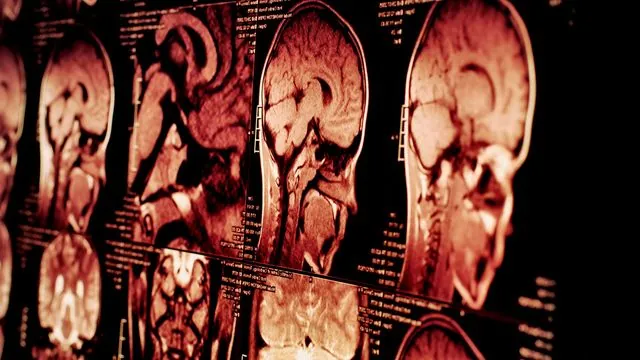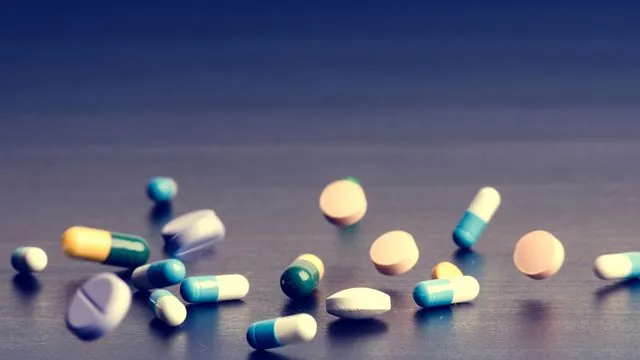
Revolutionary Stem Cell Therapy Offers New Hope for Stroke Survivors by Restoring Brain Activity
2025-01-20
Author: Rajesh
A Game-Changer in Stroke Treatment
Recent research has unveiled that a stem cell therapy derived from modified human stem cells can effectively revive normal brain activity in stroke-affected areas. Unlike traditional stroke treatments required in the immediate aftermath, this therapy shows promise even when administered up to a month post-stroke, sparking excitement in the medical community.
“This is incredibly exciting because currently, there are no options available weeks or months after a stroke,” said Dr. Jeanne Paz, the study’s lead investigator, whose work has been published in the journal *Molecular Therapy*. “Our findings indicate that there's still potential for intervention long after the event.”
Understanding the Mechanism Behind Recovery
The modified stem cells used in this research have been in clinical development for over a decade, targeting both stroke recovery and traumatic brain injuries. Earlier clinical trials indicated that these cells enabled some patients to regain control over their limbs. However, the exact manner in which these brain improvements occurred was unclear—until now.
Dr. Paz and her team have conducted the first comprehensive study detailing how stem cell therapy influences brain activity post-stroke. This could significantly enhance existing therapies and lay the groundwork for additional treatments with similar effects.
Hyperexcitability and Its Dangers
Ischemic strokes occur when blood flow to a portion of the brain is obstructed, often by a clot. This disruption leads to the death of brain cells and abnormal activities in remaining cells, culminating in symptoms like hyperexcitability, which can manifest as spasms and movement disorders.
For years, Dr. Paz has researched how post-stroke brain changes result in long-term complications, including epilepsy, characterized by excessive neuronal hyperactivity. The findings of this study present an opportunity not just for symptom management but for recovery at a cellular level.
Promising Study Results
In the pivotal experiment, researchers injected modified human stem cells into rats' brains one month after stroke occurrence. The results were astounding: electrical activity returned to normal levels, hyperexcitability was reduced, and the proliferation of proteins essential for cognitive function and repair was observed.
Notably, while fewer than 1% of the human cells remained in the rats’ brains a week after the infusion, the therapeutic effects persisted, showcasing the potential of these stem cells to activate the brain’s intrinsic repair mechanisms. “These cells act like a jump-start for the healing processes in the brain,” said Dr. Barbara Klein, a principal scientist at SanBio.
Future Implications for Stroke Therapy
The revelations from this research underscore a pivotal shift in stroke rehabilitation strategies. Even a month postpartum, therapeutic interventions can ameliorate brain function. Dr. Agnieszka Ciesielska, another key researcher, emphasized the optimism this brings to chronic brain injury patients previously devoid of treatment options.
Despite these promising findings, further research is warranted to confirm whether the observed reduction in hyperexcitability ultimately translates to fewer symptoms in human patients. If validated, this could lead to the development of additional treatments aimed at controlling overactive neurons, giving hope to millions suffering from long-term stroke effects.
Moreover, researchers hope to unravel the specific molecular contributions involved in this recovery to foster the development of small-molecular drugs that could replicate the stem cell benefits.
The modified cells, termed SB623, have already garnered attention, having been approved in Japan for chronic motor paralysis following traumatic brain injury, with aspirations for broader regulatory approval in the U.S.
As the fight against the debilitating impacts of stroke continues, innovative therapies such as these provide a beacon of hope for recovery and a better quality of life for survivors.





 Brasil (PT)
Brasil (PT)
 Canada (EN)
Canada (EN)
 Chile (ES)
Chile (ES)
 Česko (CS)
Česko (CS)
 대한민국 (KO)
대한민국 (KO)
 España (ES)
España (ES)
 France (FR)
France (FR)
 Hong Kong (EN)
Hong Kong (EN)
 Italia (IT)
Italia (IT)
 日本 (JA)
日本 (JA)
 Magyarország (HU)
Magyarország (HU)
 Norge (NO)
Norge (NO)
 Polska (PL)
Polska (PL)
 Schweiz (DE)
Schweiz (DE)
 Singapore (EN)
Singapore (EN)
 Sverige (SV)
Sverige (SV)
 Suomi (FI)
Suomi (FI)
 Türkiye (TR)
Türkiye (TR)
 الإمارات العربية المتحدة (AR)
الإمارات العربية المتحدة (AR)